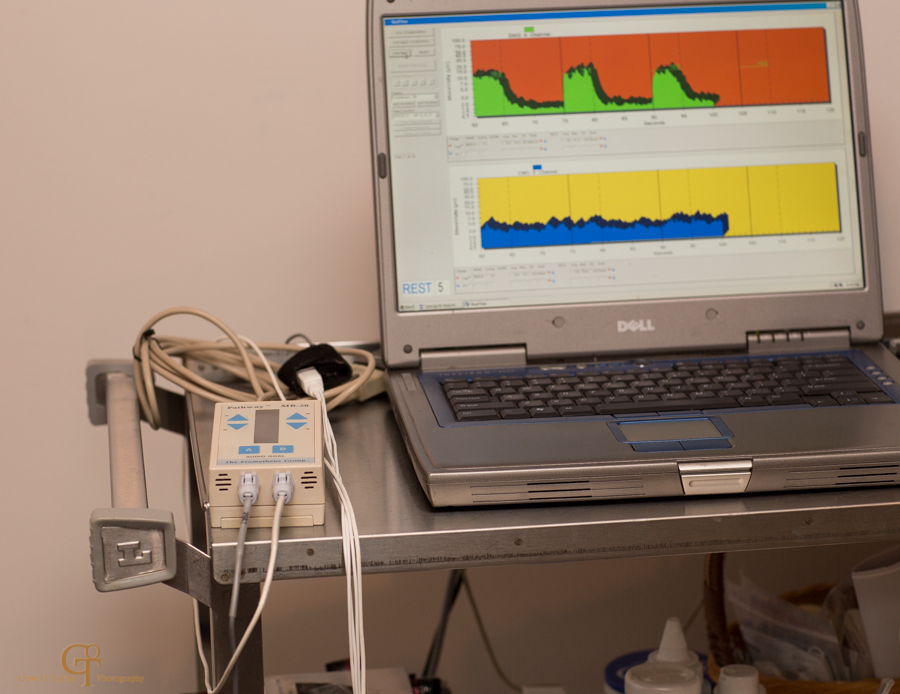Unveiling the Connection Among quantitative EEG and Sleep Disorder Trends for Enhanced Diagnosis and Therapy
Unveiling the Connection Among quantitative EEG and Sleep Disorder Trends for Enhanced Diagnosis and Therapy
Blog Article
Sleep hypopnea is a prevalent slumber disorder that affects many individuals throughout the globe. It occurs when a individual's respiration is interrupted during sleep, leading to subpar slumber quality and various medical concerns. One of the ways researchers and doctors are endeavoring to improve comprehend and identify sleep apnea is through a technique called quantified EEG, or qEEG. This approach measures the electrical activity of the brain and can provide important understandings into how sleep apnea affects cerebral function and general well-being.
qEEG entails placing small electrodes on the scalp to capture cerebral waves. These cerebral waves are then examined to identify patterns that may indicate sleep conditions, including sleep apnea. By examining these patterns, medical professionals can obtain a clearer picture of how sleep apnea disrupts typical cerebral function during sleep. This information can be crucial for formulating efficient therapeutic plans tailored to individual clients. Comprehending the relationship between qEEG and sleep apnea can result to improved diagnostic methods and superior results for those impacted by this disorder.
Research has demonstrated that individuals with sleep apnea often exhibit specific changes in their brain wave trends. For instance, during instances of apnea, the cerebrum may exhibit increased activity in certain areas while additional regions become more engaged. These alterations can affect how well a person sleeps and how refreshed they perceive upon awakening. By using qEEG to monitor these brain wave patterns, physicians can recognize particular traits of sleep apnea in clients, which can help in making a more accurate identification. This is particularly crucial because sleep apnea can occasionally be confused for alternative sleep conditions, resulting to inappropriate treatments.
In addition to improving diagnosis, qEEG can also play a role in evaluating the effectiveness of treatments for sleep apnea. For instance, after a client begins using a constant beneficial airway force (CPAP) device, which assists keep the airway open during sleep, qEEG can be utilized to assess changes in brain activity. If the brain exhibits enhanced trends of slumber after initiating treatment, it may suggest that the treatment is functioning well. This response can assist physicians formulate necessary adjustments to treatment plans, guaranteeing that clients obtain the best care possible.
Overall, the connection between qEEG and sleep apnea patterns is an promising area of study that offers potential for enhancing diagnosis and treatment. By understanding how sleep apnea affects brain function, healthcare professionals can formulate more efficient approaches to assist clients attain improved sleep and improve their overall health. As research progresses to advance, it is probable that qEEG will turn into an essential instrument in the battle against sleep apnea, leading to better outcomes for those who suffer from visit here this challenging condition.